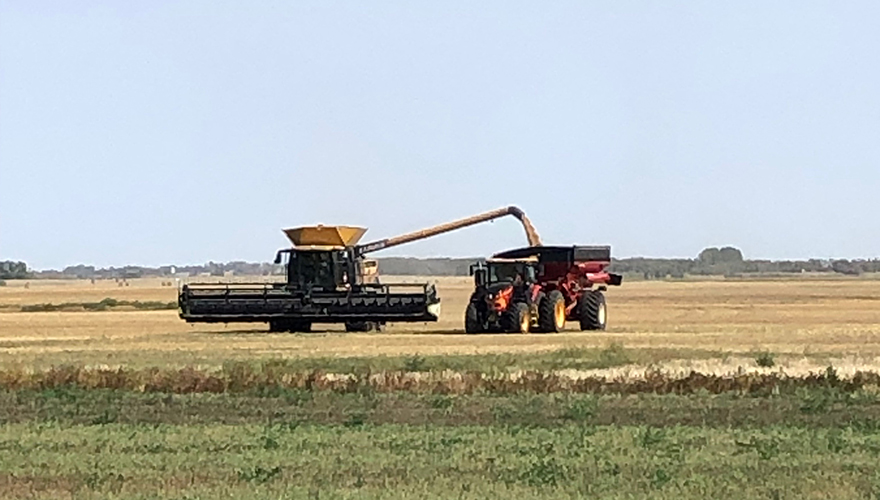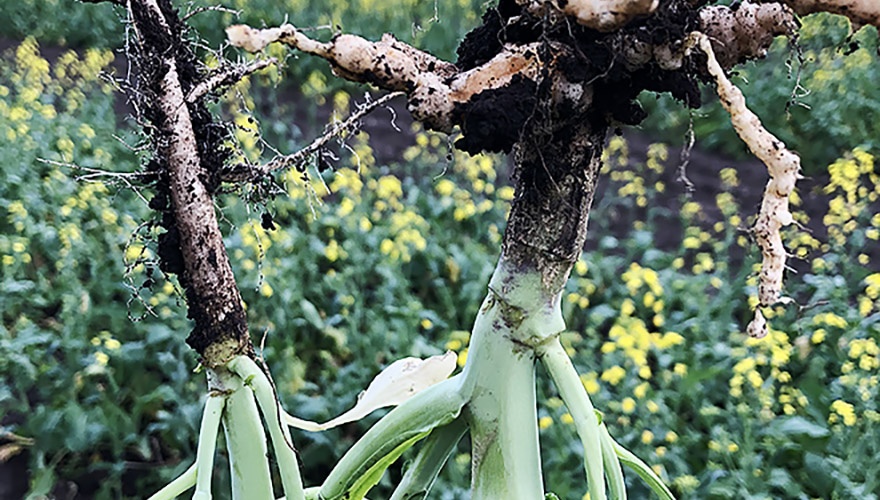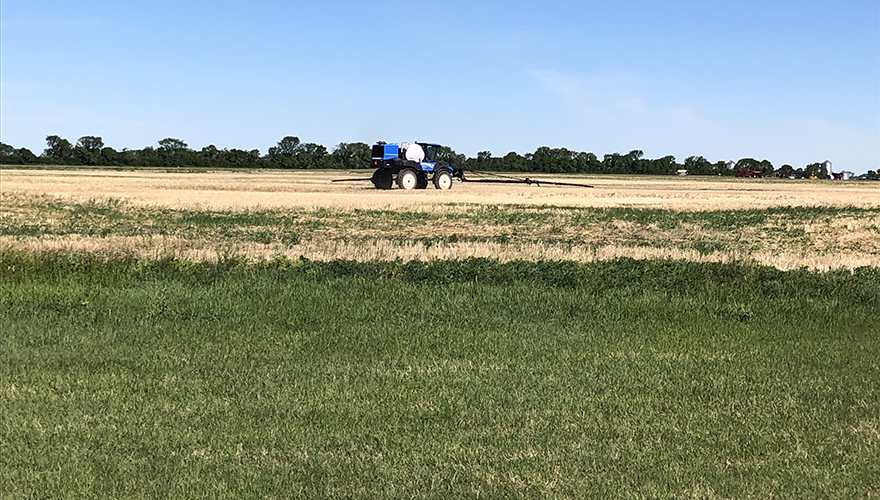Posted March 12, 2020 | By: Stacie Yaremko
Get The Most Out Of Your Crop Input Dollar With Soil Testing
Spring is always a hectic time for farmers. They’re usually stretched to the limit having to take care of all required tasks prior to planting, from prepping equipment to finalizing fertility and seeding plans.
It’s not surprising, therefore, that spring soil testing may not be top of mind. But if you’re looking for an accurate picture of the nutrient situation in your fields before putting the crop in the ground, spring soil testing is a great tool.
Budget constraints are very real and having a current soil test will help when deciding how to best allocate your crop input dollars.
Fertilizer is one of the biggest expenses in planting a crop, so it's important to make sure that you’re optimizing that investment. It's hard to do that, though, without knowing exactly what the nutrient situation is prior to planting the crop.
Using your most recent soil test is the best way to make informed decisions and get the most of out of your fertilizer budget. Under-applying nutrients can limit yield and quality; identifying deficiencies allows them to be corrected. On the other hand, if it turns out that a nutrient is being over-applied, the money saved on dialing that back can be used somewhere else to provide a better return on investment.
Soil testing does take some time, of course, regardless of when it’s done. Samples must be collected and it takes a little while to get results back from the lab. It’s one reason why farmers sometimes opt to do soil testing in the fall, simply because it may provide them with more time to make those fertilizer plans and get everything in place for spring seeding.
However, for many growers in Alberta, that might not have been an option last year due to the challenging harvest conditions in much of the province. With significant acres still needing to be harvested before seeding can occur this spring, there may be a limited window for spring soil testing, but I would encourage producers to soil test at least a portion of their farm each year.
For farmers who haven’t done much soil testing in the past, I think a good place to start would be any fields that just aren’t yielding as well as expected. A soil test may reveal if there are yield limiting factors that can be addressed.
The nutrient status of fields that have been newly purchased or are being rented for the first time is often a big question mark, so soil testing makes a lot of sense in these instances as well.
The adage – “You don’t know what you don’t know” holds true for soil testing. In many cases yield is limited by soil and climate characteristics outside of our control, but we may be able to influence factors like nutrient status to positively impact yield. The only way to identify these opportunities is from a soil test.
No fertility plan is perfect, but soil tests can serve as an excellent barometer that not only shows how well a fertility program is working but also identifies areas where improvements can be made.
FEATURED LINKS
NEWSLETTER
Want to stay caught up in all things agriculture? Sign up for the newsletter and get all the latest news straight to your inbox.
No. 1 Spring Weed Concern
Posted March 17, 2020





